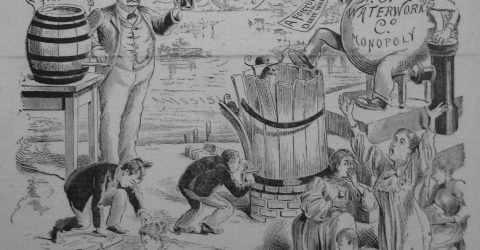Sing lager, lager as Carlsberg introduces AI tasting

Robots are everywhere, they’re driving our cars, flipping burgers and looking after the elderly and now Denmark-based Carlsberg has turned to them to do its lager taste testing.
Carlsberg tasters have to go through a lot of drink when trying out new flavours, but the human method is extremely time consuming. So, it was inevitable the drinks giant would turn to a high-tech solution.
The Beer Fingerprinting Project uses advanced sensors and analytics to quickly map out and predict flavours. In this case Microsoft’s Azure AI program.
Carlsberg has in recent times embraced Microsoft after it moved 500 servers on to Azure after going through a ‘massive re-engineering and reimagining’ of its infrastructure platform to boost performance, agility and speed of production.
According to Joch Forster, director and professor of yeast and fermentation at Carlsberg and known as Doctor Beer, the goal is to map a flavour fingerprint and reduce by a third the time it takes to research taste.
It may sound nice to have to taste a lot of beers every day, but we create hundreds of small microliter brews and beers in such small volume that they’re not really testable.
So, we realised that if we had sensors that could tell us at the outset if the yeast is really going to be usable later in large-scale beer production and that could recognise the chemicals and flavour compounds to predict what a beer will taste like that would really help our research a lot.
Only six-months into a three-year project there are already plans to continue to develop the machine learning algorithms to better measure the smell and tastes produced by the fermentation.
And the use of AI might be coming to your local very soon. Carlsberg has been experimenting with connected bars where it has installed Internet-of-Things (IoT) devices in 30 pubs to track on the storage conditions of beer kegs as well as stock levels.
The aim is to ensure the beer remains in good condition as well as profits stay healthy. Clearly something that means beer lines in pubs remain clean is to be welcomed. Just a pity the beer is crap.






